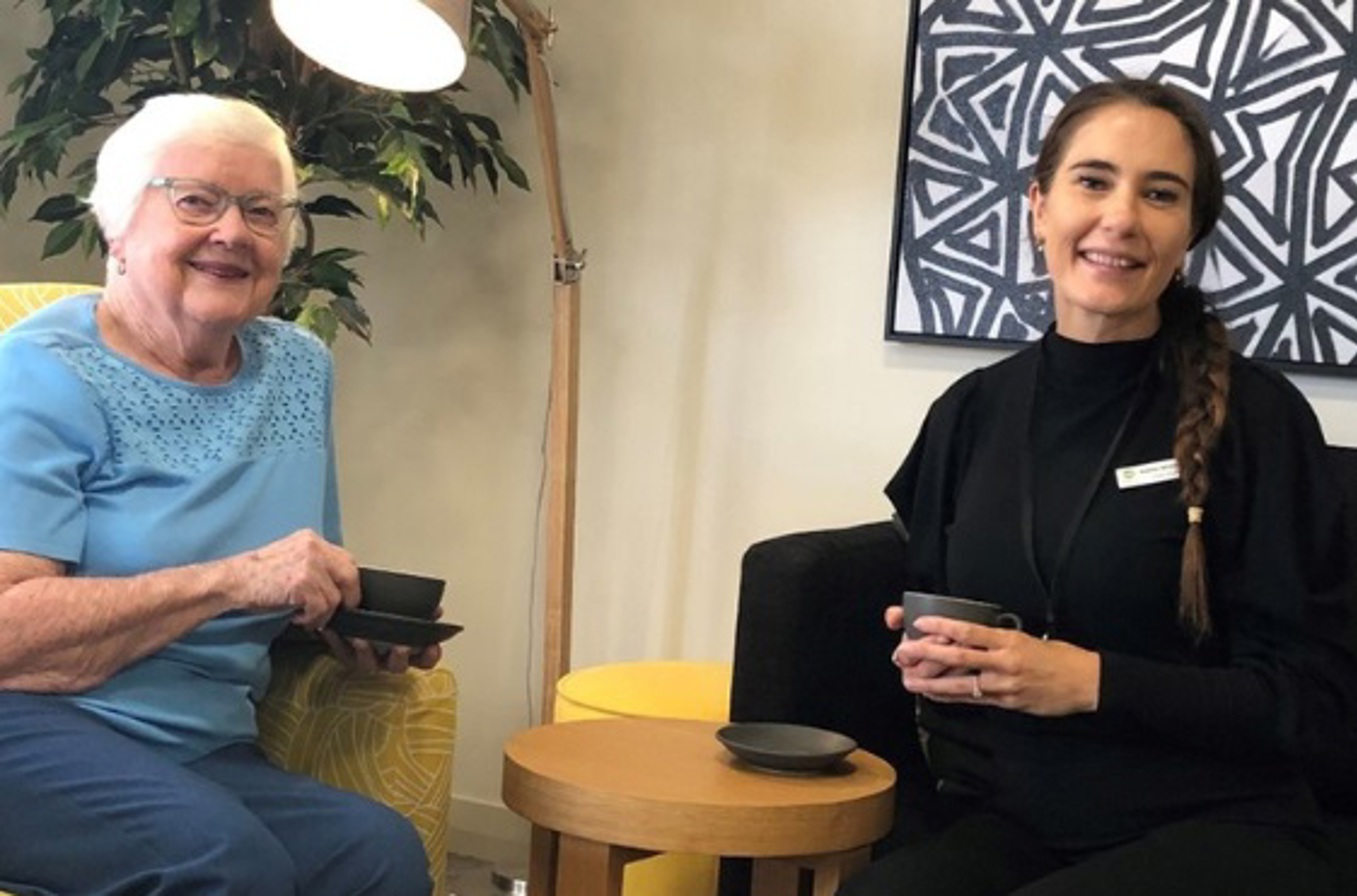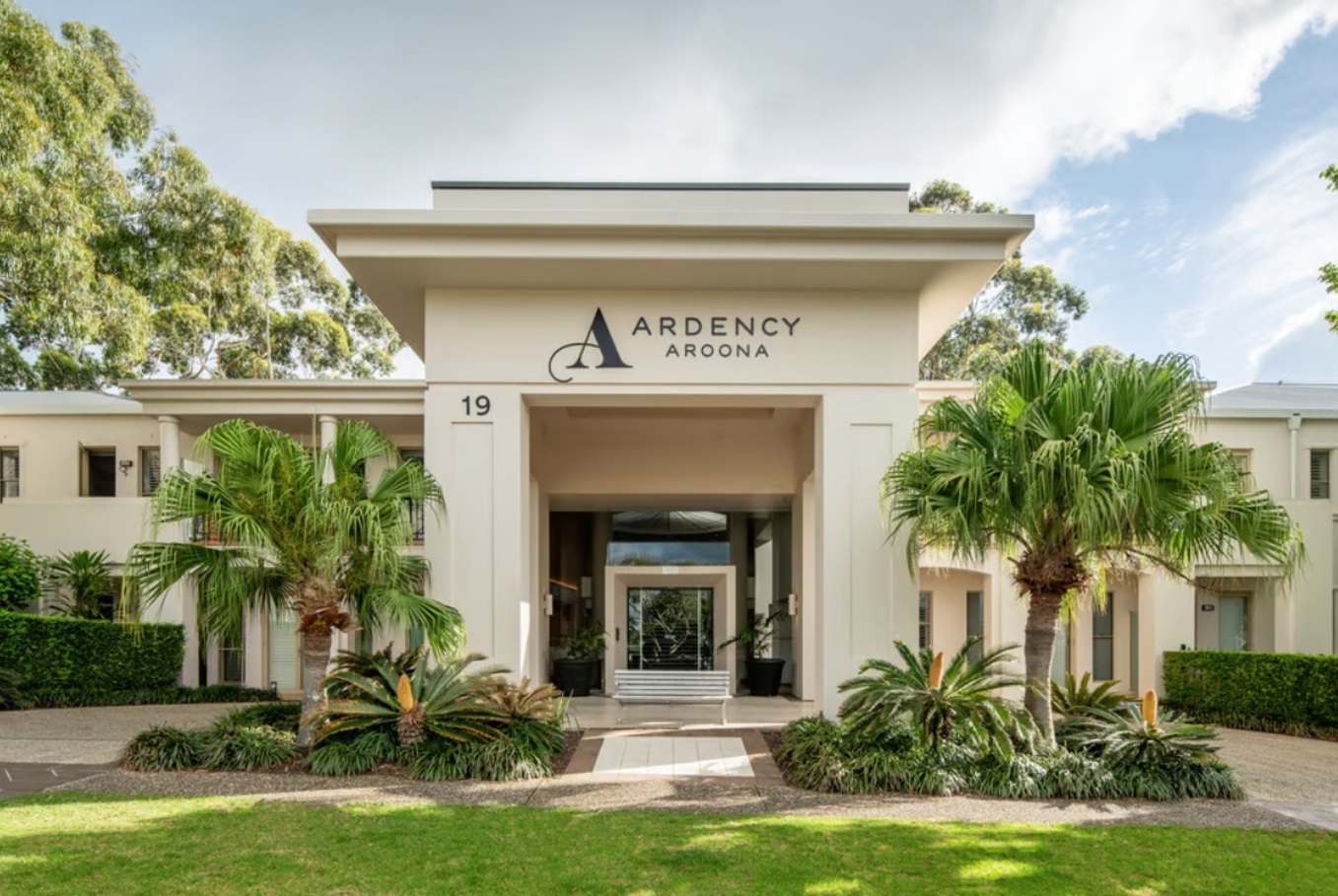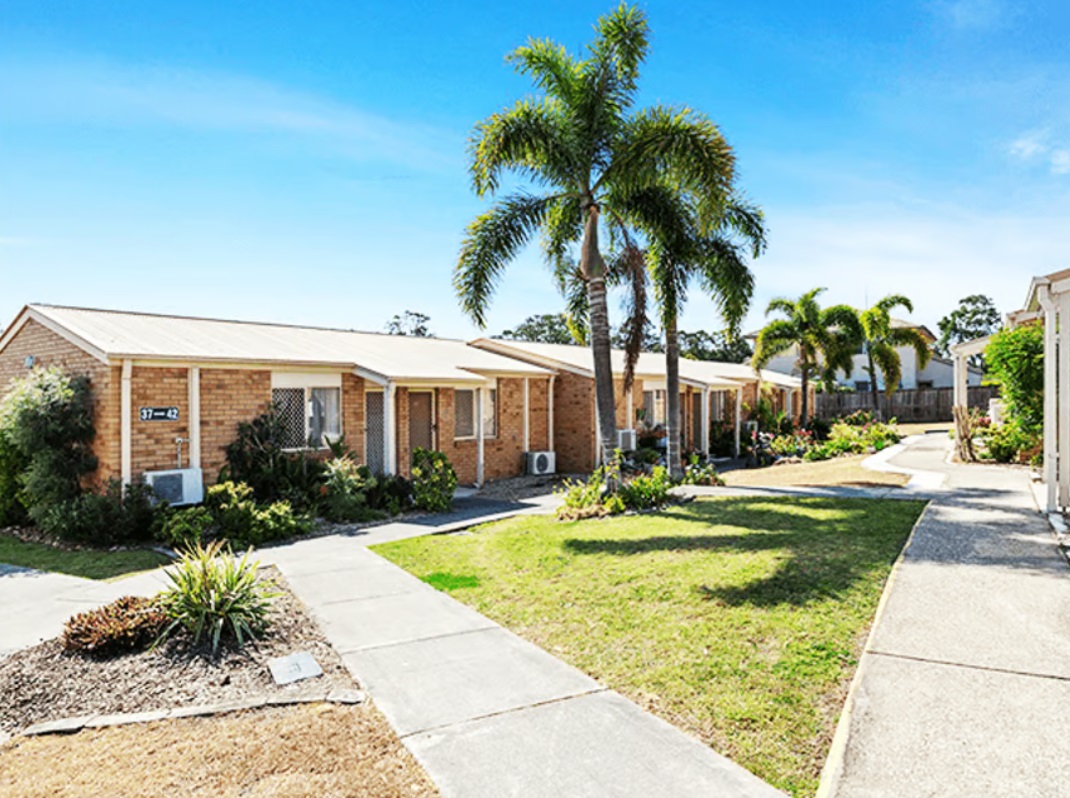Why is the gap for surgery fees so wide?

Some surgeons are hitting patients with thousands of dollars in fees while others charge nothing – why is the gap so wide?
Australians pay more for medical procedures like prostate surgery, heart bypasses and hip and knee replacements than the US and Europe[1].
There are also huge variations between states. In the ACT, patients had out-of-pocket costs of $2802 for endoscopic prostate procedures – in South Australia it was only $183.
A number of recent reports highlight the discrepancies in specialists’ fees.
In Medibank and the Royal Australasian College of Surgeon’s newest Urology Surgical Variance Report[2], 27 per cent of surgeons charged nothing extra for endoscopic prostate procedures in 2014 but at least one charged an average of nearly $4000 – that’s an enormous disparity.
The fee difference for radical prostatectomy, which can involve robotic technology, were even greater. 20 per cent of surgeons charged no out-of-pocket costs, while some patients paid over $10,000. The average was $2585.
Their orthopaedic procedures and ear, nose and throat surgery reports also show widely differences.
However, paying more doesn’t always result in better treatment or outcomes for the patient. The University of Queensland[3] found outcomes for robotic prostate surgery versus traditional open surgery were the same, though the more advanced surgery can cost more than $10,000.
While Australia’s health system compares well to many other countries, the high costs of drug costs and health insurance means people are already stretched financially.
Being hit with big fees could easily add to the number of people choosing to reduce or get rid of their cover – only to be left high and dry when they need urgent help.
Private health insurers such as BUPA, NIB and Medibank are now looking to make specialists publish what they charge as they try to keep their own premiums down.
Bupa and HBF recently declared they will be joining NIB’s consumer website Whitecoat which will grow its online directory to include specialists by the end of this year.
Patients will be able to find and compare surgeons, see their clinical experience and patient outcomes and rate their service.
This is good news – but only if you’re one of their six million members.
[1] International Federation of Health Plans – 2013 Comparative Price Report: Variation in Medical and Hospital Prices by Country
[2] Royal Australasian College of Surgeons and Medibank Surgical Variance Report – Urology 2016
[3] The University of Queensland media release: ‘Trial casts doubt on relative benefits of robotic prostate surgery’ – 27 July 2016














